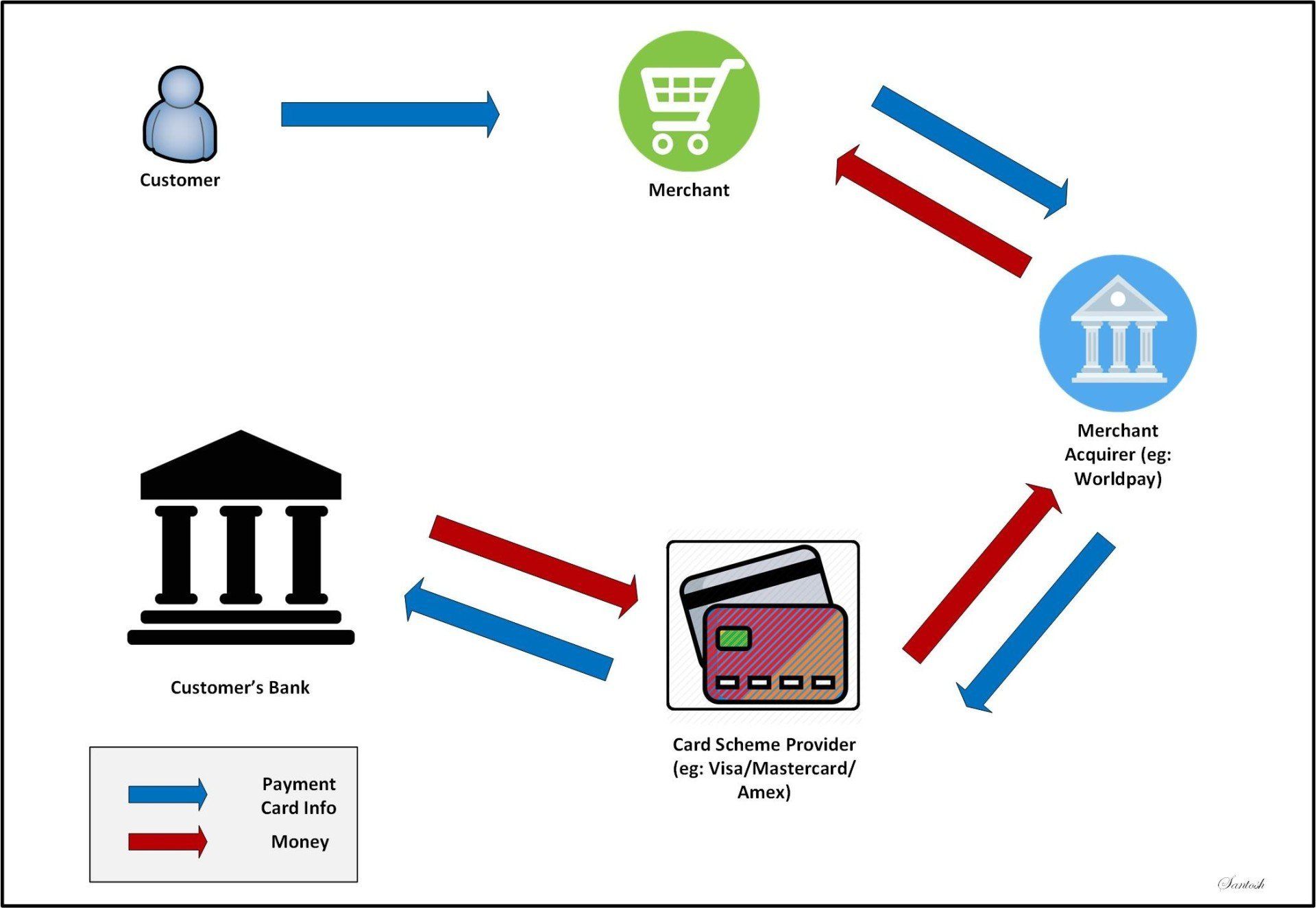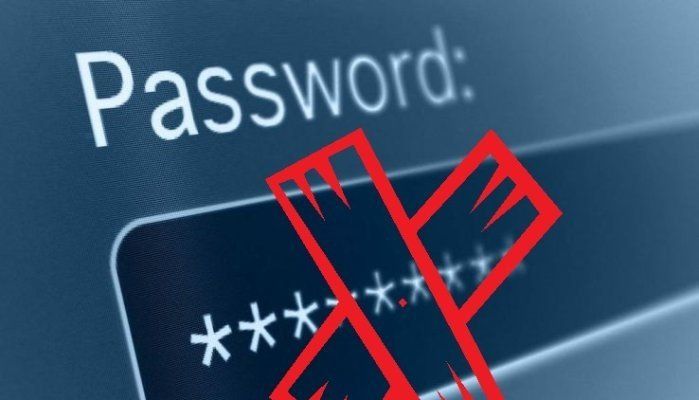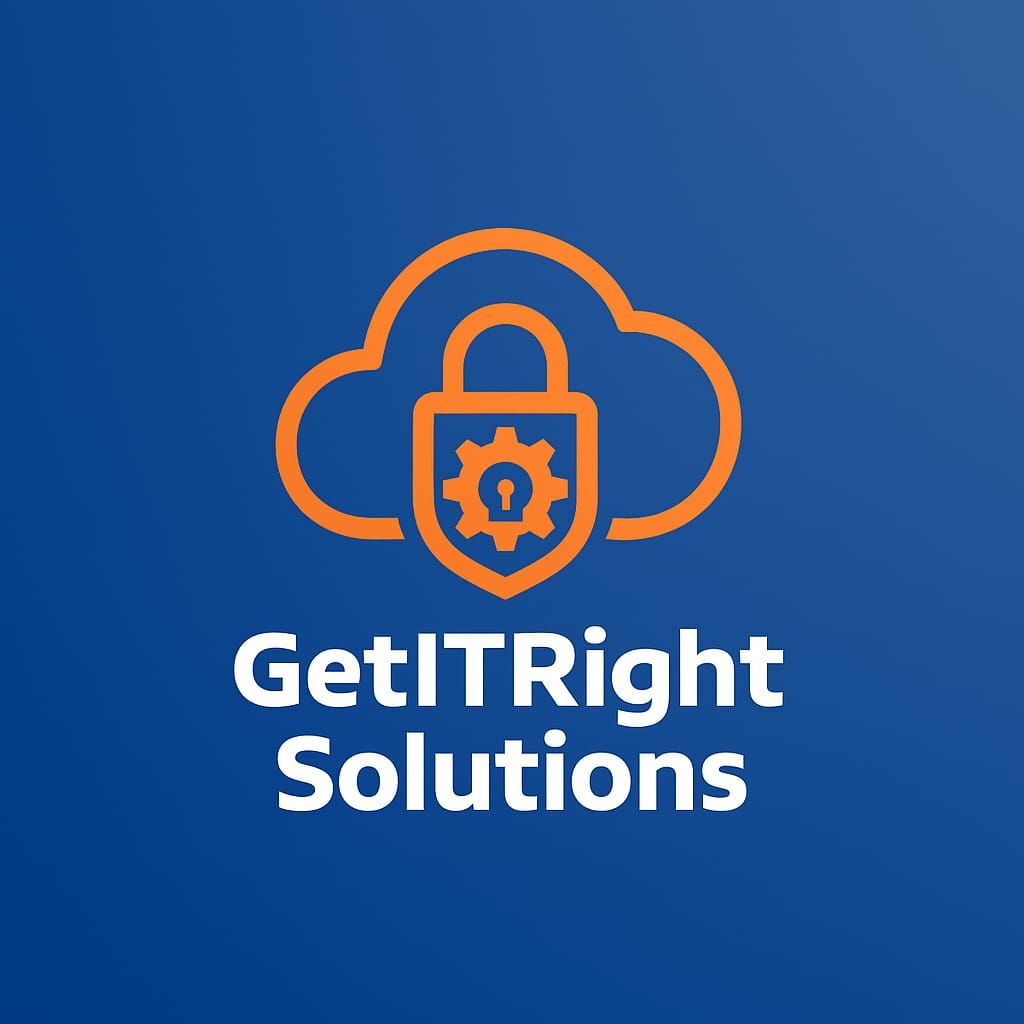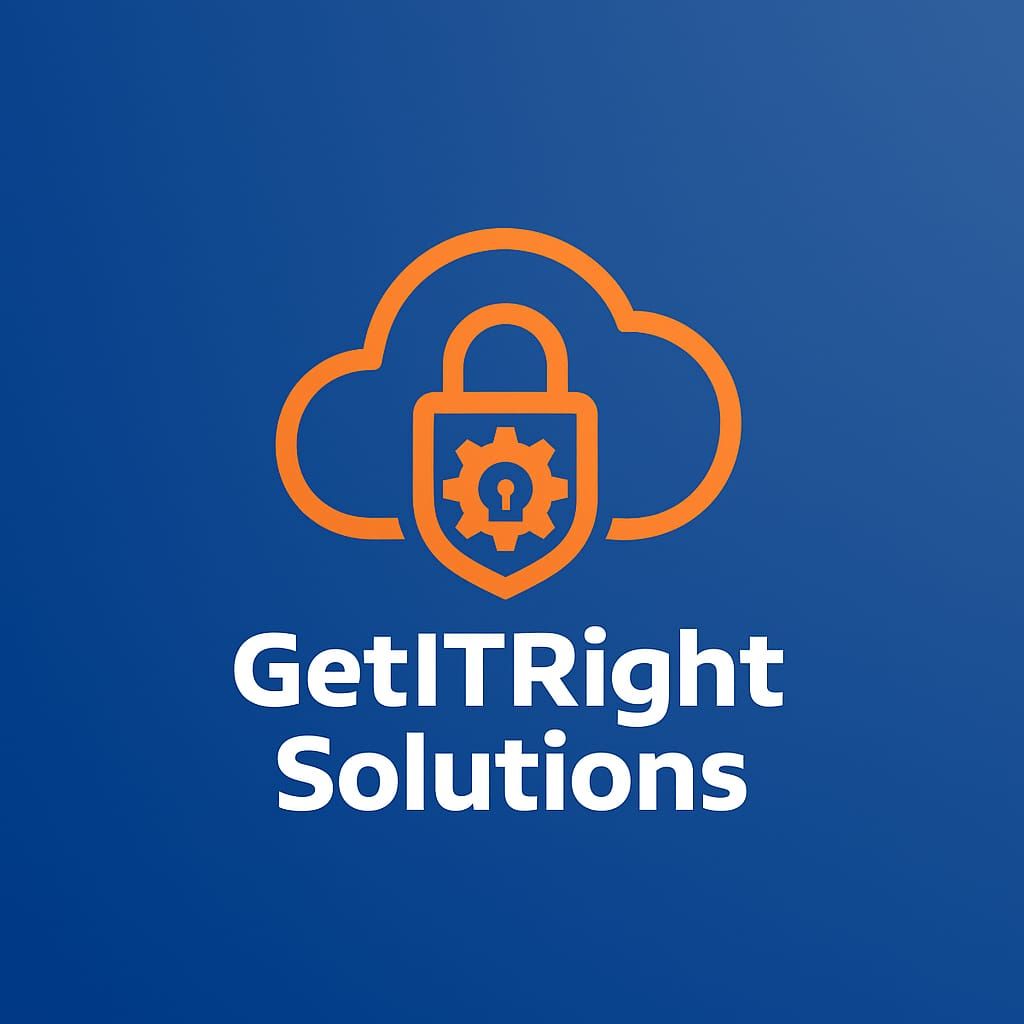Reduce Password Proliferation.. OAuth 2.0 is your friend.. - Part 1
In today’s world, content sharing and content aggregation is part and parcel of our personal life as well as in how business is done. This ranges from the provision to share an article or news item to your social media feeds (Facebook/LinkedIn) from the content source itself or aggregating all your financial information into a mashup service to have a consolidated view or reducing the registration requirements for service providers like Stackoverflow / SlideShare etc by using your Google / Facebook credentials. This would mean a need for mechanism to share information and resource between multiple parties in a reliable and, most importantly, in a secure fashion.
Before we go deeper into how OAuth 2 handles the above requirements, to aid understanding the OAuth related concepts let's make use of a fictional cool website based service provider that could aggregate your different mails from different providers and provide you a consolidated view with customised interfaces and tagging etc. Let’s call this 'KoolAgg'. Let’s assume that you would want to aggregate your Yahoo mail and Gmail accounts into this new service provider.
Sounds like a cool service indeed so what would I have needed to do to use it if KoolAgg existed in real?
In the days before the emergence of OAuth, you would have needed to provide your Yahoo and Google credentials to this service provider who would use it for logging on to Yahoo Mail and Gmail impersonating you programmatically and retrieve your mails (before aggregating and providing it to you). Sounds perfect, isn’t it? But then, the below issues began to creep in.
- Remember, this website in effect has your credentials stored in their internal data stores. A compromise of this website would end up revealing all your credentials to the hackers.
- This website uses your password every time it needs to aggregate your email with the individual email providers which is bound to happen multiple times over the day depending on the frequency of the sync. This means that for every synchronisation request, each of your configured email credentials travel between the two parties over the internet, increasing the possibility of your password being intercepted.
- Your GMail or Yahoo mail credentials can be used to access more than just your email. For example, your Google credentials can also provide access your Google Photos (Picasa) albums too. Hence there is no way to granularly provide access to your account like what can be accessed or for how long.
- It is not possible to revoke access for this specific service provider to your account at a later date unless you change your account's password. This might break all other service providers that you might have configured and those that rely on your account details.
- Apart from the above case, if you needed to change your account password for any other reasons, you would need to change the details in all the aggregating services for them to provide you the service that is reliant on your account details.
Using password based approach reduces the secure aspect of this resource / information sharing drastically so much so that this approach is coined as the " Password Anti-Pattern " (please see here ).
That does not sound good.. Wish there was a better way.
Yes. There is..To avoid the issues associated with the Password Anti-pattern , it is essential that access to third-party data should require authentication at the respective third-party site. i.e access to your Facebook data should be authorised in facebook.com (which is responsible for storing and securing it) and not in the aggregating / mash-up website.
OAuth 2.0 comes to the rescue to handles all of the above issues. OAuth 2.0 allows users to grant permissions for third-party to access their resources without the need to share password. The access to these resources can be limited by time ( how long ), scope ( which sections of the data ) and Action ( read/update ). Another significant advantage of this approach is that, since the authorisation is provided at the site hosting the resource, it would enable the resource host (eg: facebook) to provide the necessary information about all the services that have been authorised and also the scope of authorisation in a single dashboard. This helps you to audit the permissions at a later date. Most importantly, the authorisation is done by way of token exchange instead of passwords.
Before we go further, a bit of a background… Work on OAuth standard started in the early 2006 when Facebook, Yahoo, AOL and Google decided to come together to collaborate on an API security standard (each of them had their own standards before). It was first released around early 2007 after which It underwent a lot of transformations before the latest version OAuth 2.0 emerged in the current shape on October 2012. It is important to note that OAuth 2.0 is not backward compatible with its previous version. Any further mention of OAuth in this post henceforth would mean OAuth 2.0.
Before we go into the details of this, let us understand the roles defined by OAuth 2.0:
- Resource owner : This is an entity capable of granting access to a protected resource. In our example KoolAgg case, it’s the end user. The resource owner also authorises the scope of authorisation.
- Client : This is the application that is obtaining authorisation (eg: KoolAgg) and making protected resource request on behalf of the resource owner (the end user). The client in the case of a mobile based solution can also be a mobile app.
- Resource server (RS) : This is the server hosting protected resources (eg: Gmail in our example).
- Authorization server (AS) : This is a server capable of authenticating the resource owners, obtaining authorization, and issuing tokens. Google’s Auth Server as per our example.
The client "gets a security token" from Authorization Server based on the Resource Owner's Authorization and the client "uses the security token" on the Resource Server. This is how the relationship between the above four roles are tied up.
The Registration process
The pre-requisite before offering OAuth 2.0 based access is that the client application (the KoolAgg application in our example) has to register with the OAuth Providers it needs to support. This registration process needs to be performed by the client application’s developer to establish relationship between the application and the service provider (eg: Google / Yahoo in our example). This would in most cases provide the below parameters that are key for using the service:
- ClientID - This identifies the consumer of the service (eg: KoolAgg as in our example) to the service provider (say Google)
- ClientSecret - The secret used by the consumer to prove its identity to the Service Provider.
- RedirectURL (Redirect Endpoint) -Where the service will redirect the user after they make an authorisation decision (in most cases provided by Client to Service Provider)
- AuthorisationURL (Authorisation Endpoint) – Where the client would send to initiate authorisation flow (Provided by the Service Provider to the Client)
- TokenURL (Token Endpoint) – Used by client to initiate token flow (Provided by Service Provider to the Client)
The high level flows in OAuth 2.0 :
- Client obtaining the authorisation grant from Resource Owner.
- Client making a call to the Authorisation Server (AS) to exchange the authorisation grant for an Access Token.
- Client accessing the protected resources at the Resource Server after presenting the Access Token.
It is recomended that all communications between the client and the service provider are TLS secured in both directions.
Phew!!! That’s a lot of technical stuff to take at a time.. I will read it up again on my commute back home later..
Not a bad idea.. We shall continue our discussions on part 2 of this post.
#KillPassword




